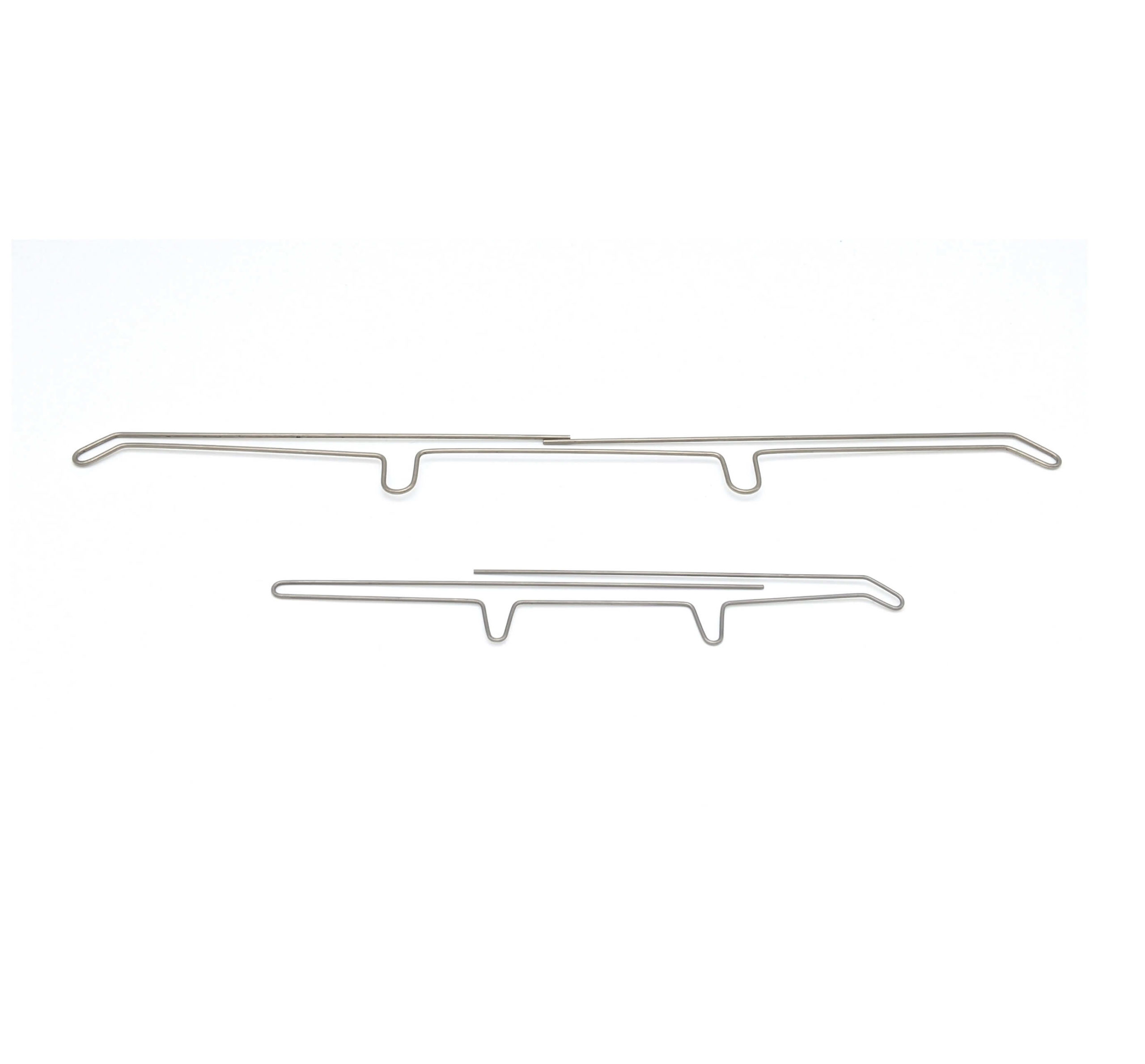Get unique, complex parts easily. No matter your requirements, Chaoyi Spring creates hard-to-produce coil springs and wire forms.
Let us help you create the custom wire form you need, from S-hooks and J-hooks to utility hooks and more.
We work closely with customers across a wide range of industries, helping them design and manufacture made-to-order parts.
Why choose Chaoyi Spring? We prioritize customer-focused collaboration, modern equipment and the latest technology to make your parts per print.
Find the information and guidance you need, from measuring a spring to learning about materials, placing an order and much more.
Compression springs, those coiled wonders of engineering, are ubiquitous in our daily lives. From the simple act of opening a door to the complex workings of a car engine, compression


Compression springs, those coiled wonders of engineering, are ubiquitous in our daily lives. From the simple act of opening a door to the complex workings of a car engine, compression springs are silently working behind the scenes, providing force, absorbing shock, and enabling smooth operation. They are often overlooked, yet they are essential components in countless machines, appliances, and everyday objects. In this article, we'll delve into the fascinating world of compression springs, exploring their design, characteristics, and diverse applications.

Imagine a tightly wound coil of metal, capable of storing energy and releasing it with a powerful push. This, in essence, is a compression spring. These springs are designed to resist compression forces, shortening in length when a load is applied and returning to their original shape when the load is removed. Their ability to absorb and release energy makes them incredibly versatile components, playing a crucial role in numerous applications.
Compression springs come in various shapes and sizes, each designed for specific purposes. Here are some common types:
The material used to make a compression spring significantly influences its performance. Spring steel is the most common material due to its excellent strength, elasticity, and resistance to fatigue. However, other materials, such as stainless steel, beryllium copper, and phosphor bronze, are used for specific applications requiring corrosion resistance, electrical conductivity, or other unique properties.
The design of a compression spring is a complex process involving several key parameters that dictate its performance, including:
Compression springs are essential components in a vast array of industries and applications. They provide:
Selecting the right compression spring for a specific application requires careful consideration of several factors:
Compression springs are silent heroes in our modern world, playing a vital role in countless devices and systems. Their ability to store and release energy, absorb shock, and provide force makes them indispensable components in a wide range of applications. By understanding their design, characteristics, and applications, we gain a deeper appreciation for the unseen forces that shape our world.
Whether it's the simple spring in a ballpoint pen or the intricate springs in a rocket engine, compression springs have a profound impact on our lives. They embody the ingenuity of engineering, enabling us to create and use countless devices that make our world a more efficient, comfortable, and dynamic place.
Browse some of the custom wire forms and springs that we manufacture. Don’t see what you need? We specialize in made-to-order products that meet your application requirements.
Visit Our GalleryNeed a custom wire form or coil spring? We make it work. Fill out the contact form and a representative will respond within 1 business day. If you have a PDF or CAD file, you can submit to request a quote.